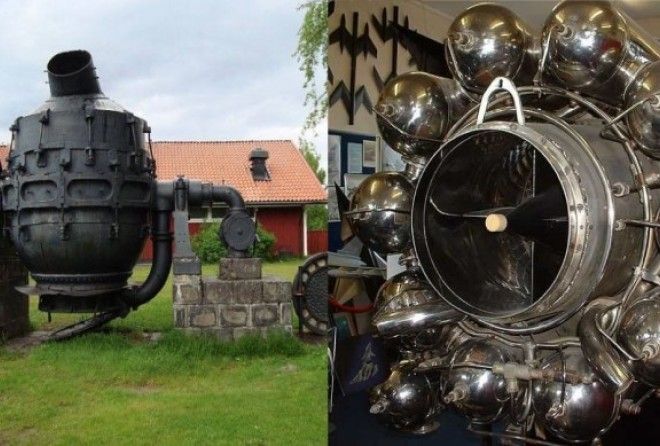Many everyday items today were either directly invented by Brits or are derived from previous British inventions.
In this article, we'll take a look at 45 of the greatest British inventions.
1. The Reflecting Telescope by Isaac Newton in 1668
First up on our list of some of the greatest British inventions comes from one of the greatest scientists of all time.
Devised by Isaac Newton in 1668, the reflecting telescope changed the field of astronomy forever.
It was designed as an alternative to the refracting telescope which suffered from severe chromatic aberration.

2. The First Mass produced toothbrush - 1770-1780
The toothbrush you are familiar with today was invented sometime between 1770 and 1780 by William Addis.
The idea came to him whilst in jail for causing a riot.
He noted that using a rag with soot and salt to clean teeth was ineffective and vowed to develop an easier solution.
He founded the manufacturing company Wisdom that still makes them to this day.
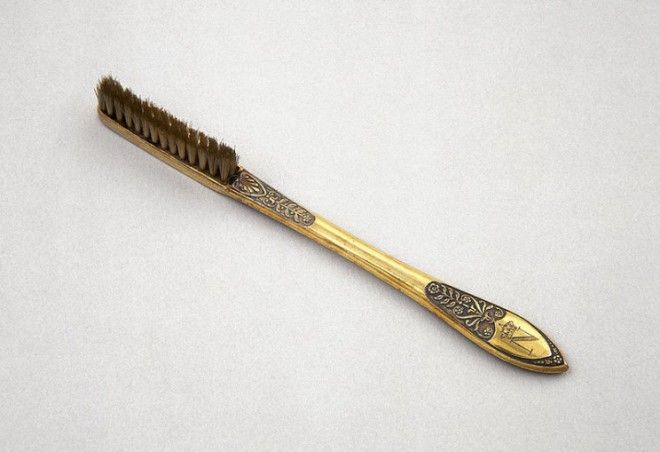
3. The Seed Drill, Motor of the Agricultural Revolution - 1701
Here's a fun example of the greatest British inventions for rock fans.
The seed drill was developed by one Jethro Tull in around 1701.
The seed drill was a critical advancement for agriculture: sowing the seeds at the right depth and equal distance, the seeds were then covered with soil and safe from the birds.
Its adoption would trigger the British Agricultural Revolution.

4. The Steam Engine - 1698-1801
The first practical patent for an atmospheric pressure steam engine was filed by Thomas Savery in 1698.
Over the next one hundred years or so visionaries like Thomas Newcomen, James Watt and finally Richard Trevithick would refine the design to produce steam engines small enough for uses in things like locomotives.

5. The Tin Can: Ready to Become a Household Classic - 1810
Peter Durand is often credited with the invention of the tin can in around 1810.
He did not pursue food canning himself and sold his patent in 1812 to Bryan Donkin and John Hall.

6. The First Modern Torpedo - 1866
In 1866 Robert Whitehead devised the first self-propelled, 'modern' torpedo.
Whitehead devised and built a tubular device designed to run underwater on its own, powered by compressed air.
The project result was the Minenschiff (mine ship), a submarine weapon, and the first modern self-propelled torpedo.
It was officially presented on December 21, 1866, to the Austrian Imperial Naval commission.
French and German inventors would quickly develop their own alternative designs but the term torpedo stuck to describe these self-propelled projectiles.
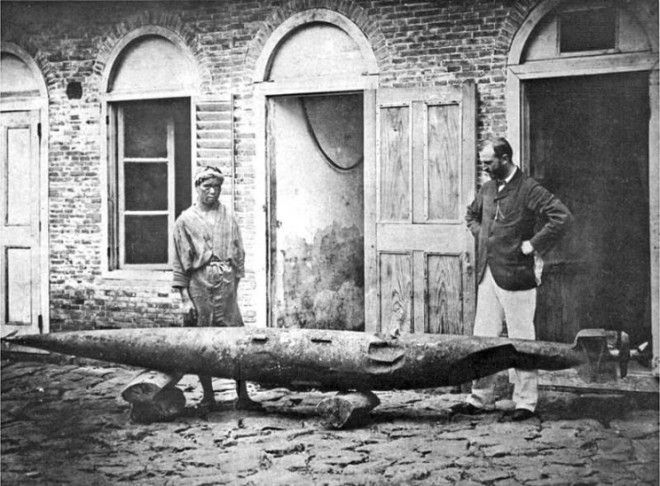
7. The Thermos Flask - 1892
One of the lesser known greatest British inventions is the Dewar Flask, vacuum flask or more commonly Thermos Flask.
Sir James Dewar invented the first vacuum flask in 1892 whilst carrying out experiments in the field of cryogenics.
His invention has become a great tool for chemical experiments and a common household item.
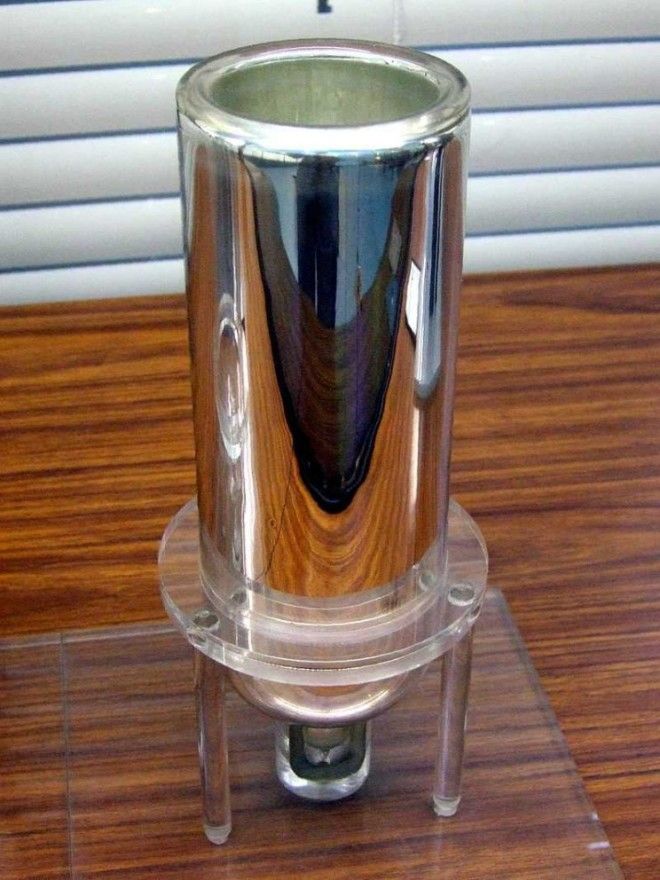
8. The First Practical Hovercraft - 1953
The Hovercraft or, more correctly, air-cushioned vehicle (ACV) was devised by Christopher Cockerell in 1953.
Cockerell and his team were the first to develop the use of an annular ring to maintain the air cushion.
They were also the first to devise the successful skirt and demonstrate a practical example of this technology.

9. The Whittle Turbo-jet Engine - 1929-1937
RAF College Cranwell cadet Frank Whittle submitted his initial design for a turbo-jet to his superiors in 1928.
Although Maxime Guillaume submitted the first patent for a similar engine in 1921, as it was not technically feasible at the time, it was not awarded to Guillaume.
Determined to become a pilot for the Royal Air Force, it was whilst writing his thesis at the RAF College Cranwell that Frank Whittle first developed the fundamental concepts of the turbojet engine.
After some tinkering, he was awarded his first patent for it in 1932.
He spent a few more years actually building one with the first running example being completed in 1937.

Whittle Turbo-jet W2/700 from a Gloster Meteor.
10. The First Patented Pneumatic Tire - 1847-1888
The first patent for what we would call a pneumatic tire was filed in 1847 by Robert William Thomson.
This was never produced, however.
The very first practical tire was first created by John Boyd Dunlop in 1888.

11. Stainless Steel Ready for Mass-production - 1913
Corrosion resistant iron-chromium alloys were first recognized in 1821 by the French metallurgist Pierre Berthier.
However, it wasn't until 1913 that Harry Brearley discovered a means of mass producing martensitic stainless steel.

12. The Bessemer Process, Turning Molting Pig Iron Into Steel - 1856
Henry Bessemer patented his technique for mass producing steel from molten pig iron in 1856.
This great British invention would prove to be one of the most important of the industrial revolution.
Steel made in Bessemer converters would literally build the world from ships to bridges.

13. The Mackintosh Coat - 1823
The Mackintosh coat is surely one of the greatest British inventions of all time.
Charles Mackintosh, a Scottish Chemist, managed to develop a way to waterproof clothing using rubber.
A process is known as vulcanization to day.
His innovation enabled rubber to be placed inside fabric and maintain its shape and not degrade during extremes in temperature throughout summer and winter.
14. The First Commercial Telegraph - 1837
The introduction fo the first commercially successful electrical telegraph in 1837would change the world forever.
After Charles Wheatstone and William Cooke successfully built and field trialed their five needle system in 1837 instant communication using electricity suddenly became a reality.
It would ultimately lead to the development of the modern day cell phone.
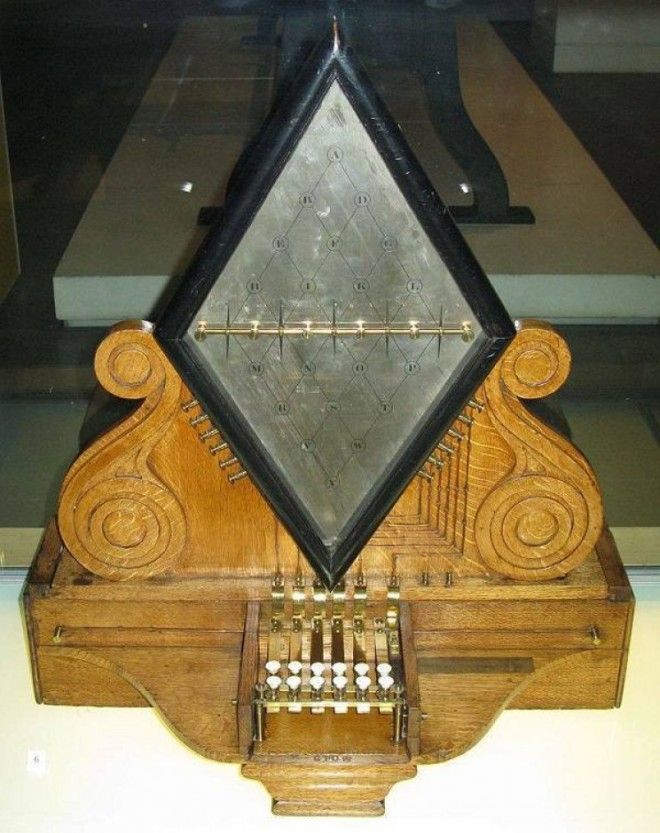
15. The Chocolate Bar - 1847
Without a doubt, the absence of chocolate bars would be a real tragedy for the modern world.
Thankfully we will never know thanks to the work of JS Fry and Sons in 1847.
Their formula for mixing cocoa powder, sugar and cocoa to form true chocolate bars would change the world forever.

16. The Modern Fire Extinguisher - 1818
The first fire extinguisher ever patented was in 1723 by Ambrose Godfrey.
This, however, had limited effect. The world would have to wait until 1818 for the work of British Captain William Manby to invent the modern fire extinguisher.
His extinguisher comprised of a 13.6-liter copper vessel of pearl ash solution (potassium carbonate) contained within the compressed air.
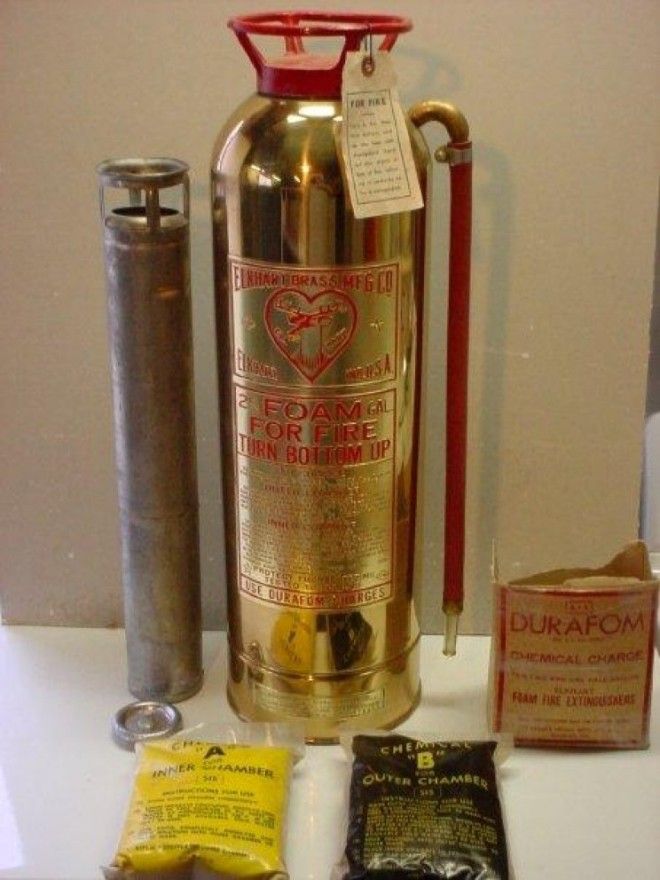
17. The Catseye, Saving Lives on the Road - 1934
The humble Catseye was patented by Percy Shaw in 1934.
The following year he established a company to manufacture them in 1935.
These innocuous little devices have helped saved uncountable lives on dark roads since.

18. The First ATM, Engineered by Shepard-Baron - 1967
It is widely accepted that the world's first ATM was installed at a Barclays Bank in Enfield Town, London in 1967.
This was the product of John Shepard-Baron and his team of engineers.

An old Nixdorf ATM.
19. The World Wide Web, the First Website, and the First Web Browser - 1989
Tim Berners-Lee had a dream, one that came to fruition in the latter half of the 1980's.
As an independent contractor for CERN in 1980, he developed a project using the concept of hypertext to facilitate sharing and updating information among researchers. He built ENQUIRE, a prototype system, to showcase his information web project.
In 1989, after lending his talents to a private company, Berners-Lee saw an opportunity to join hypertext with the internet as CERN became the place to be.
Berners-Lee wrote his proposal in March 1989 and, in 1990, redistributed it.
His ENQUIRE system provided the basis to create the World Wide Web, for which he also designed and built the first Web browser.
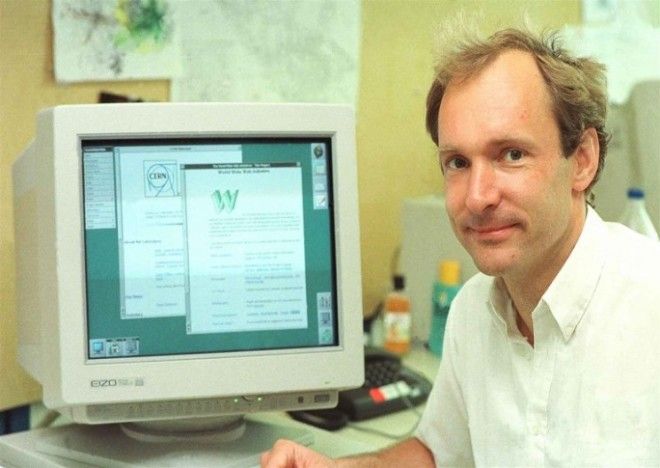
20. The Hydraulic Press - 1795
Also known as a Bramah Press, after its inventor Joseph Bramah, this great British invention was patented in 1795.
Bramah got the idea from his work on installing toilets. He self-taught himself on the motion of fluids put this knowledge into his design for the press.
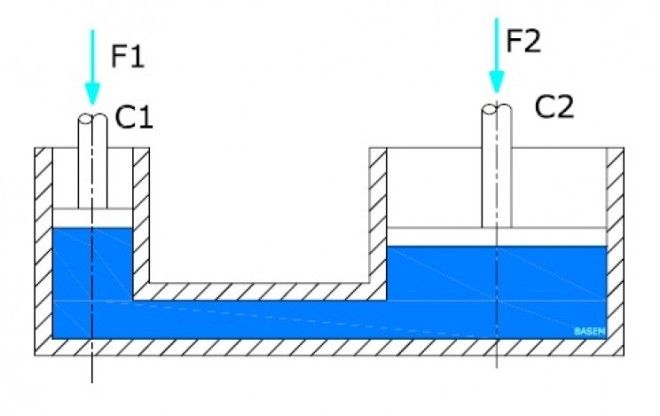
21. The Halifax Gibbet, the First Guillotine - Circa 1280
Despite the Guillotine becoming synonymous with the French Revolution the device actually has its origins in 13th Century England.
This Halifax Gibbet was first recorded as being used in 1280 in Halifax, England.
Though whether or not it is a true Guillotine is hotly debated.

22. The Lawnmower, the Modern Scythe - 1830
The world's first lawnmower was developed by Edwin Budding in 1830.
It was designed mainly to cut grass on sports grounds and large lawns.
It was immediately obvious it was a superior tool to the traditional scythe and was granted a patent in 1830.

23. The Light Bulb... by Joseph Swan - January 1879
Although Thomas Edison invented the light bulb in October of 1879 Joseph Swan did the very same thing in January of the same year in England.
He even gave a public demonstration in Sunderland 10 long months before Edison in the U.S.
He also patented his idea ten years before. Swan even won a court case for patent infringement in the UK.
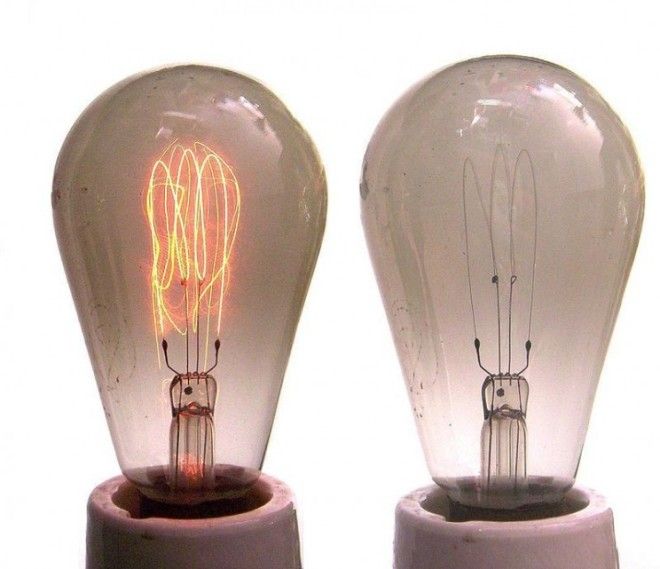
24. The First Working Electric Motor - 1821
The theory behind the production of mechanical force from interactions of electricity and magnetic fields was realized by Andre-Marie Ampere in 1820.
However, it took the ingenuity of Michael Faraday to make the theory a reality in1821.
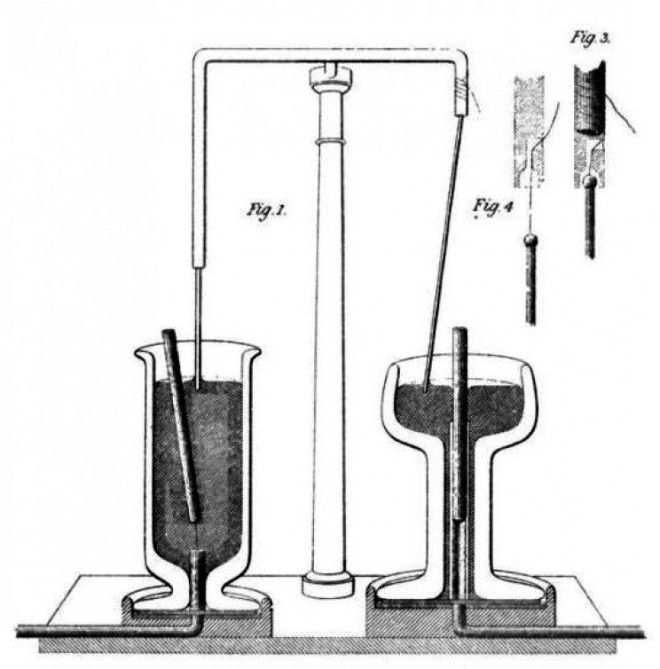
25. The Flying Shuttle - 1733-1747
The flying shuttle was patented by John Kay in 1733.
Its adoption would revolutionize the British textile industry and, in no small part, help spark the industrial revolution.
Its basic design was improved over the following years with an important one in 1747.
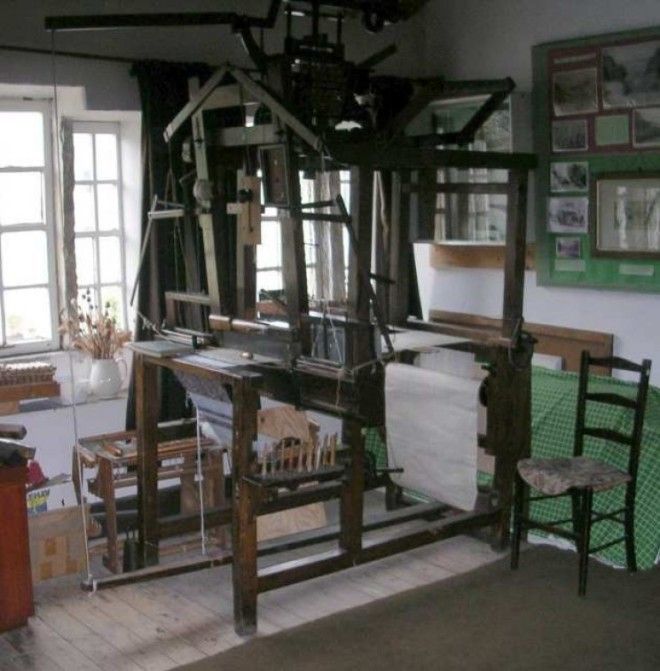
26. Portland Cement - 1824
Joseph Aspdin devised and patented in 1824 a chemical process for making Portland Cement.
This great British invention would change the construction industry forever.
Not bad for a humble bricklayer in Victorian England.
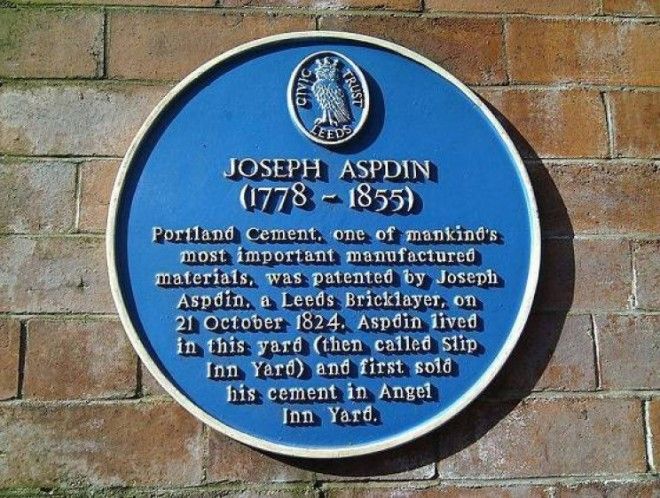
27. The First Public Railway - 1825
Thanks in no small part to the innovative work of Richard Trevithick in 1804, George Stephenson was able to open the first public railway in 1825.
It ran between Stockton and Darlington in England and would be the first of many around the world.
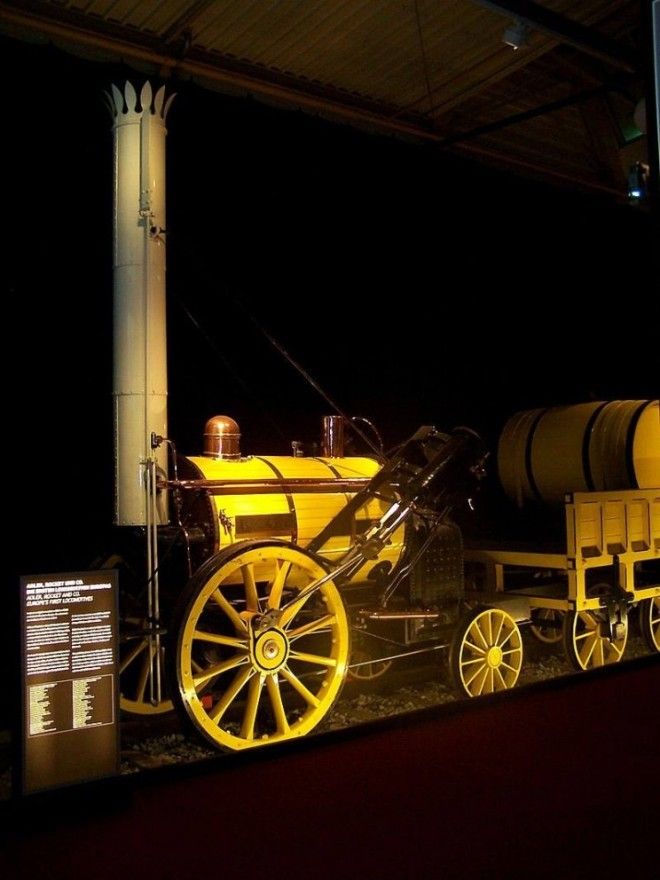
Replica of the "Rocket".
28. The Very First Automatic Kettle - 1955
The world's first automatic kettle was developed by the 1950's startup Russel Hobbs in 1955.
There, now iconic, Stainless Steel K1 featured a groundbreaking thermostat controlled automatic electrical cutoff system that is now taken for granted by caffeine and instant noodle lovers the world over.
29. The modern clockwork radio - 1991
Although hand crank generator radios were not novel in 1991 they were limited to military and emergency organizations.
Modern clockwork radios were, however, designed and patented by Trevor Bayliss in 1991.
His idea was to supply them to areas who lacked access to electricity or batteries.
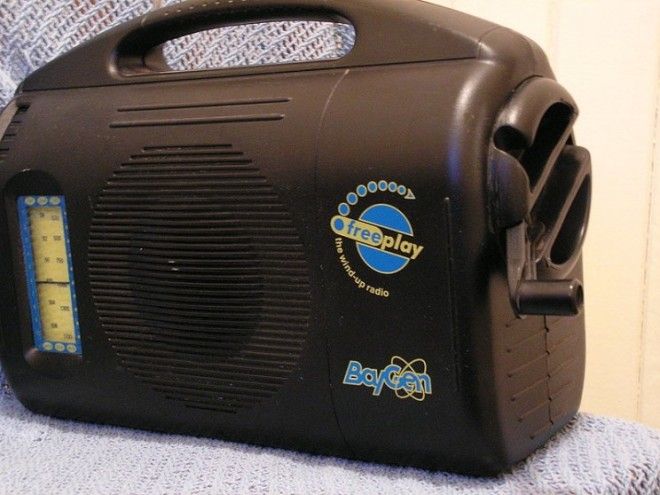
30. Macadam Roads - 1820
John McAdam would make the single greatest improvement to roads since the Roman's during 1800's Britain.
His new road building technique would improve road quality and reduce maintenance costs in one fell swoop.
If you are lucky you can still find some existing original roads around the world.

31. The Tension Spoked Wheel, Now Found on Your Bicycle - 1808
Wire or Tension spoked wheels are commonly used on bicycles and many motorcycles today.
They were, however, first invented by a British aeronautical engineer George Cayley in 1808.
Cayley would never patent his invention by Theodore Jones would in 1826.
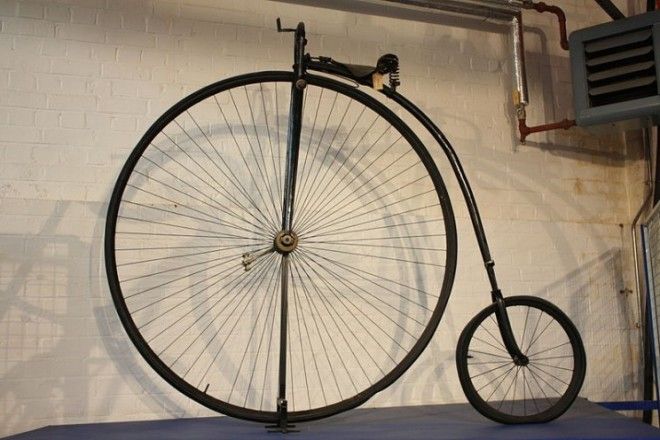
Wire wheels to a Penny Farthing.
32. Carbonated Water, Brewery-made - 1767
Carbonated water, aka Soda water, was first invented by Joseph Priestly in 1767.
He, through some experimentation, discovered a method for infusing water with carbon dioxide.
He managed this by suspending a bowl of water above a beer vat at a Leeds brewery.
Joseph would later write of his "peculiar satisfaction" when drinking his new concoction.

33. The First Successful Flight - 1849
The world's first heavier than air gliders were successfully tested in 1849.
They were based on the scientific principles of George Cayley.
Soon after, pioneers like Jean Marie Le Bris, John J. Montgomery, Otto Lilienthal, Percy Pilcher, Octave Chanute and Augustus Moore Herring built gliders to help develop aviation as we known it.

34. The Telephone - 1876
Although like many other important inventions, the electric telephone's inventor is disputed, it was Alexander Graham Bell who was awarded the first patent in 1876.
Bell's patent was the one that would prove to be hugely commercially successful.
This is the patent from which all subsequent patents for electric telephone devices follow.
35. The Rover: the First Modern Bicycle - 1885
Harry John Lawson was the first to design a "safety" bicycle in 1876 but some other earlier models would also seem to fit the description.
The first commercially successful one would be J. K. Starley's version in 1885 called the Rover.
This is widely recognized as the world's first modern bicycle.
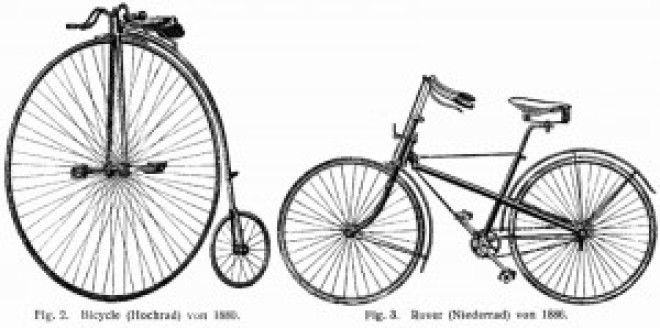
36. The Spinning Frame, Star of Yarn Production - 1769
This is one of the greatest British inventions of all time.
It is also one of the most important inventions of the Industrial Revolution in general.
The Spinning frame, developed by Richard Arkwright and John Kay, in 1769.
This invention really ramped up yarn production.
It, almost exclusively, put the older cottage industry of spinning out of business after 1830.
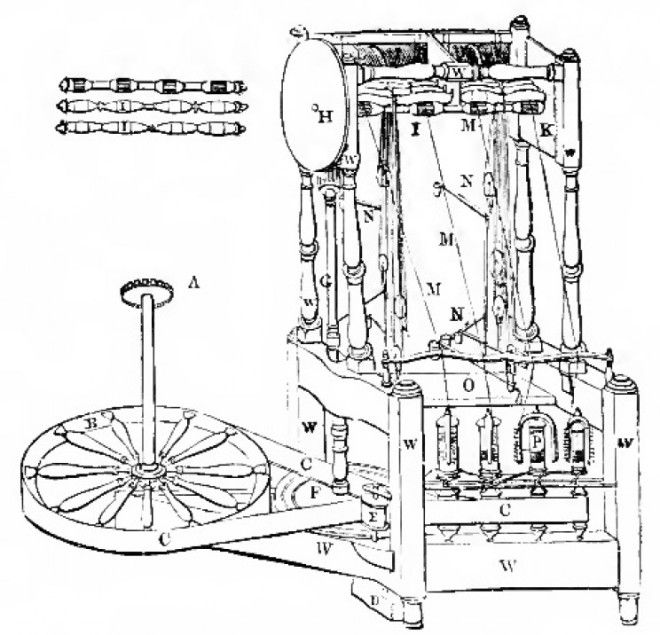
37. The First Factory Started with Silk- 1721
The very concept of the factory was a great British Invention in 1721.
John Lombe opened the first recorded example in Derby, England.
He hit upon the idea whilst touring Italy seeking out a method for producing silk.
When he returned to England he sought out the services of architect Geroge Sorocold to design and build his vision of the future. Henceforth the factory was born.
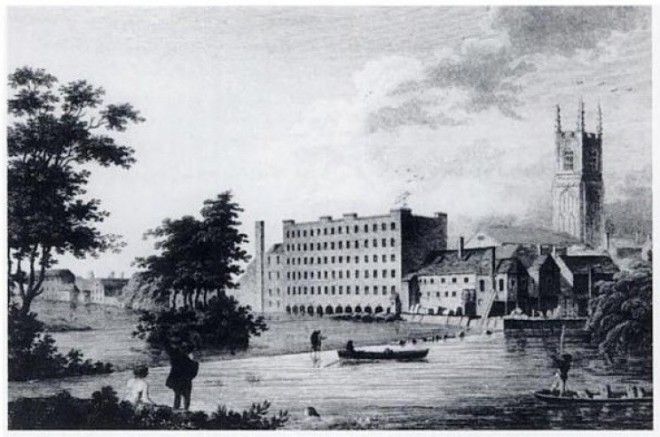
38. The Power Loom That Changed the Textile Industry - 1774-1775
When Edmund Cartwright developed his first power loom in 1774 he, in a pinch, increased worker output in textile factories by a factor of 40.
This increase in worker output makes this device one of the greatest British inventions of all time.
It would be refined over the following 47 years until it was made completely automated by Kenworthy and Bullough.
By 1850 there were an estimated 260,000 units churning out textiles all across the United Kingdom.
39. The Arc Lamp: Lighting Movies and Floodlights - 1807
In 1807, the great Sir Humphrey Davy successfully developed and built the world's first arc lamp.
His device made use of 2,000 cells to produce a 100mm arc between two charcoal rods.
At the time it was merely a curiosity but it would take another 60 or so years until a real-life practical solution could be found for this technology.
Today, thanks to the development of electrical generators, they can be found in applications like searchlights, large film projectors, and floodlights.

40. The Match, a Masterpiece of Friction - 1826
John Walker, in 1826, finally found a solution to producing reliable and safe fire starters that we could probably not live without today.
Early attempts were made throughout the preceding years, notably by Francois Derosne in 1816, but to no avail.
John, a Chemist in Stockton-on-Tees developed an interest in the field and took it upon himself to develop a method of making fire as conveniently as possible.
The result, though quite by accident, was the modern friction match.

41. The Hydrogen Cell - 1838
Welsh physicist and barrister, William Grove, published a letter n the December edition of the London and Edinburgh Philosophical Magazine and Journal of Scienceabout his so-called Hydrogen Cell in 1838.
In his piece, he described a crude fuel cell that combined sheet iron, copper and porcelain plates and a solution of sulfate of copper and dilute acid.
Grove would later sketch his invention which is very similar to today's phosphoric acid fuel cells.

42. Linoleum, Staple of Home Decor - 1855
Love it or hate it, linoleum was devised by Frederick Walton in 1855.
He happened to notice that solidified linseed oil (linoxyn) might be a worthy substitute for india rubber.
His perfection of the manufacture of Linoleum would lead to it covering many kitchens and other floors the world over.
"Lino" would later become synonymous with home decoration of the 1950's and 1960's.

43. The Vaccine and Discovery of Immunology - 1796
Edward Jenner was an English physician and scientist, who, in 1796, pioneered vaccination (of smallpox if not in general).
Jenner is commonly known as the "father of immunology" and his discoveries in the latter half of the 17th Century has saved countless lives since.
Edward was declared one the 100 Greatest Britons of all time by the BBC in 2002.
44. Dolly, the First Mammal Clone - 1996
In the dying years of the 20th Century, the world would change forever with the birth of Dolly the Sheep in July of 1996.
She was the first cloned mammal from a somatic cell in history using the process of nuclear transfer.
This example of one of the greatest British inventions would come along thanks to the labors of Keith Campbell and his team (and PPL Therapeutics).
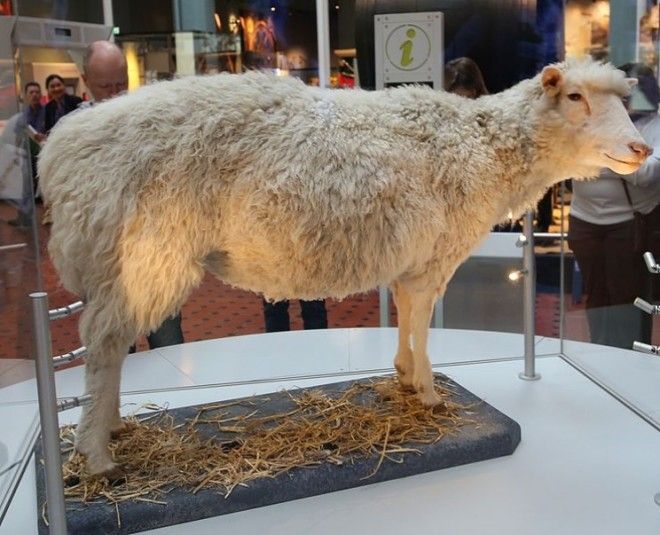
45. The Tank - 1914
Last but by no means least on our list of the greatest British Inventions is the tank.
After seeing crawler tractors pulling artillery in action, Ernest Swinton struck upon the idea of adapting them to bulletproof "landships".
These new weapons of war were developed by the Royal Navy rather than the army hence the use of terms like "hatch" and "turret".
The term "Tank" was dreamed up to hide mask the purpose of the project from enemy spies.

